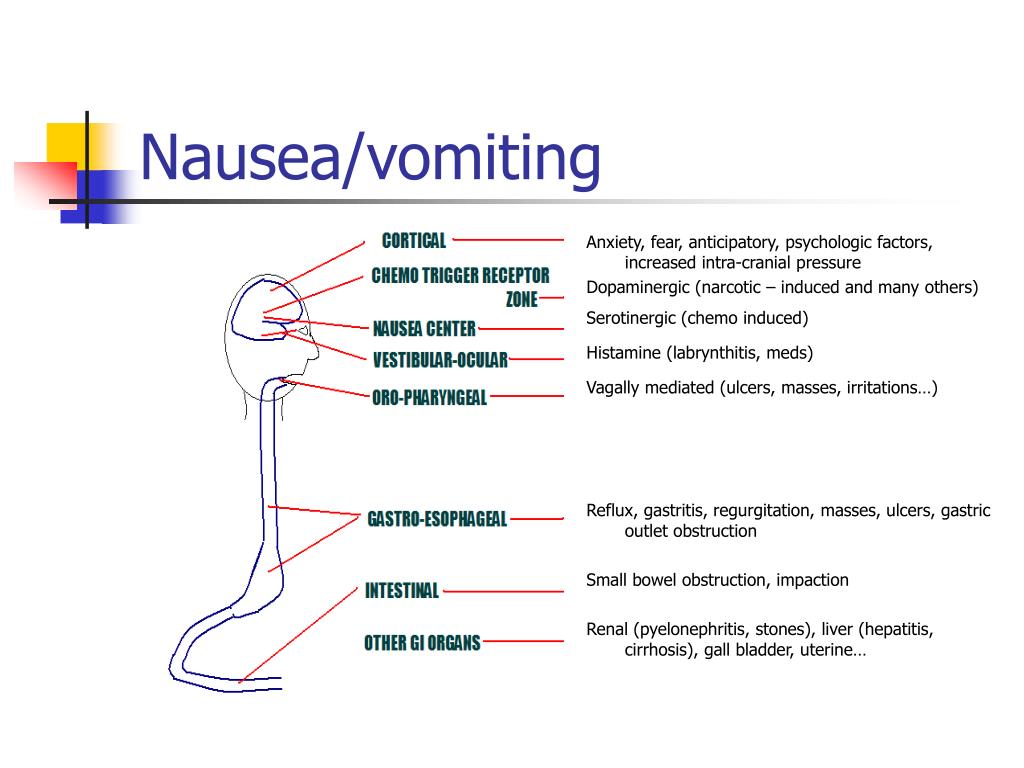
In 2014, FDA reviewed 22 case reports of serious adverse reactions, including deaths, in infants and young children 5 months to 3.5 years of age who were given oral viscous lidocaine 2 percent solution for the treatment of mouth pain, including teething and stomatitis, or who had accidental ingestions. Cases of overdose due to wrong dosing or accidental ingestion have resulted in infants and children being hospitalized or dying. When too much viscous lidocaine is given to infants and young children or they accidentally swallow too much, it can result in seizures, severe brain injury, and problems with the heart. Topical pain relievers and medications that are rubbed on the gums are not necessary or even useful because they wash out of the baby’s mouth within minutes. Gently rub or massage the child’s gums with your finger to relieve the symptoms.Use a teething ring chilled in the refrigerator (not frozen).Parents and caregivers should follow the American Academy of Pediatrics’ recommendations for treating teething pain: 1 Health care professionals should not prescribe or recommend this product for teething pain. Oral viscous lidocaine solution is not approved to treat teething pain, and use in infants and young children can cause serious harm, including death. We are requiring a new Boxed Warning, FDA’s strongest warning, to be added to the drug label to highlight this information.

Food and Drug Administration (FDA) warns that prescription oral viscous lidocaine 2 percent solution should not be used to treat infants and children with teething pain.


 0 kommentar(er)
0 kommentar(er)
